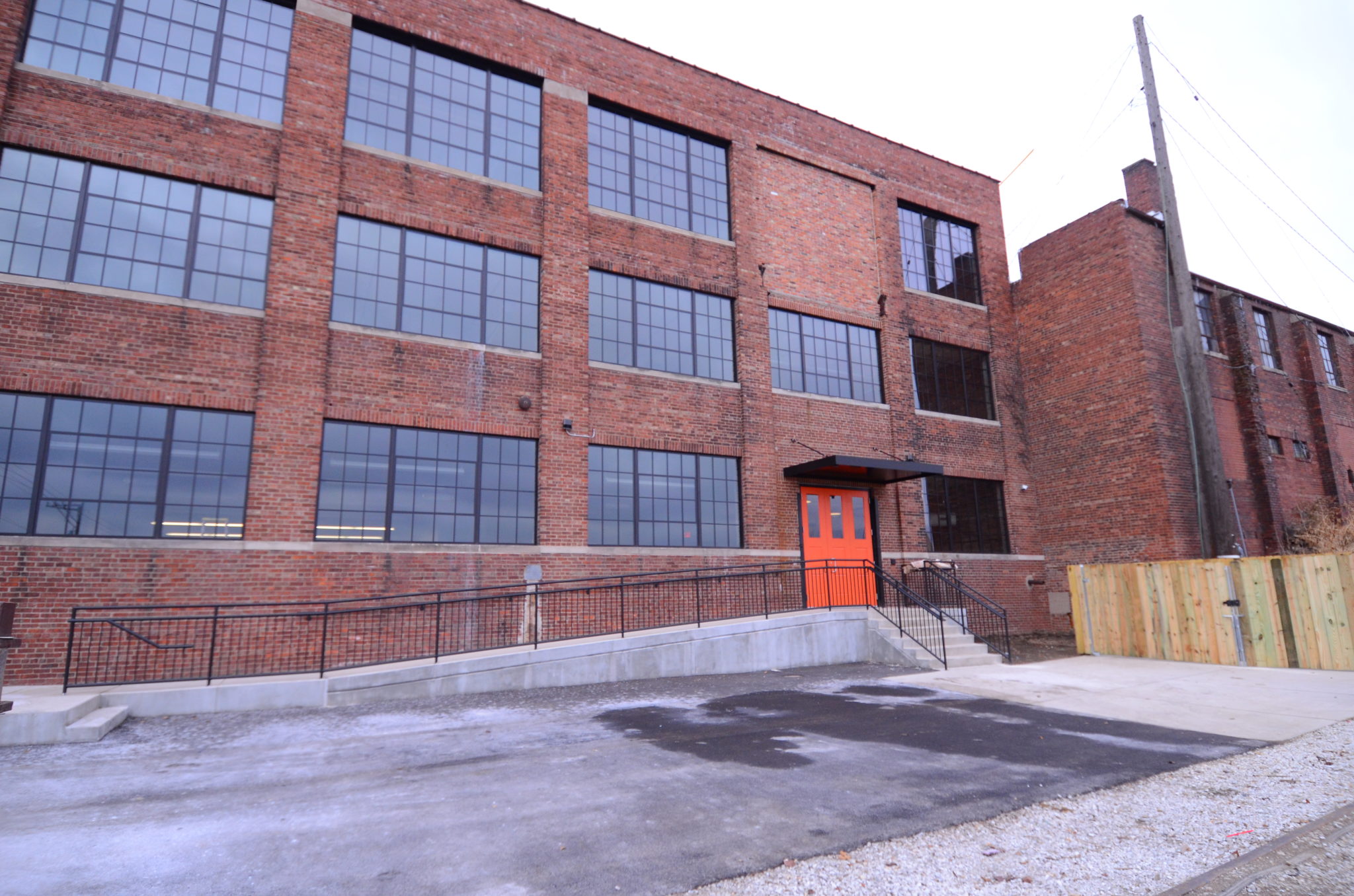The Illinois Historic Preservation Tax Credit Program provides a state income tax credit equal to 25 percent of a project’s Qualified Rehabilitation Expenditures, not to exceed $3 million, to owners of certified historic structures who undertake certified rehabilitations. These substantial investments are creating jobs in Illinois, stimulating local economies, and revitalizing historic structures and neighborhoods. The program took effect in 2019 and has been extended through 2028.
The use of historic tax credits in Illinois has proven to be an effective tool to spur private investment in historic buildings. These rehabilitation projects are labor intensive, so a larger share of the project costs go directly to labor income than in new construction projects. That income, in turn, is invested into local economies by workers. Local governments are also major beneficiaries of this investment, ultimately receiving $30,000 every year in property tax collections for every $250,000 awarded in state tax credits. The investment made by the state is a one-time investment, but municipalities will see the benefits of increased tax revenues for years to come.
The tax credit program allocates up to $15 million annually to selected preservation projects. The program creates jobs, improves an area’s property tax value, and stimulates redevelopment for neighboring buildings. It also gets more buildings back on the tax rolls in local communities. Without this tax credit, Illinois risks losing hundreds of redevelopment, investment, and job creation opportunities to neighboring states that have this type of incentive, thereby slowing overall economic recovery.
“Preserving Illinois historic buildings will contribute to economic growth and offer ample opportunities to businesses and the community,” Rep. Rosenthal said. “Extending this program is great news and will pay dividends in the near future.”
The Cooperage 214 in Peoria is one example of a historic preservation project in Illinois that used the Preservation Tax Credit. The preservation project at Cooperage 214 transformed a 27,000 square foot cooperage factory in Peoria’s downtown warehouse district into attractive office space and 18 luxury apartments. The property was originally a barrel-making workshop for nearby whiskey distiller Hiram Walker. It received the Landmarks Illinois Preservation Award for adaptive reuse.
In Rockford, the River Edge Historic Tax Credit Program was used to transform a vacant industrial building on Main Street into the Water Power Lofts. The $19.5 million investment is bringing 64 new residential units to downtown.
Illinois is Home to Abundant Natural Resources: reprosenthal.com/2023/08/16/illinois-is-home-to-abundant-natural-resources/
